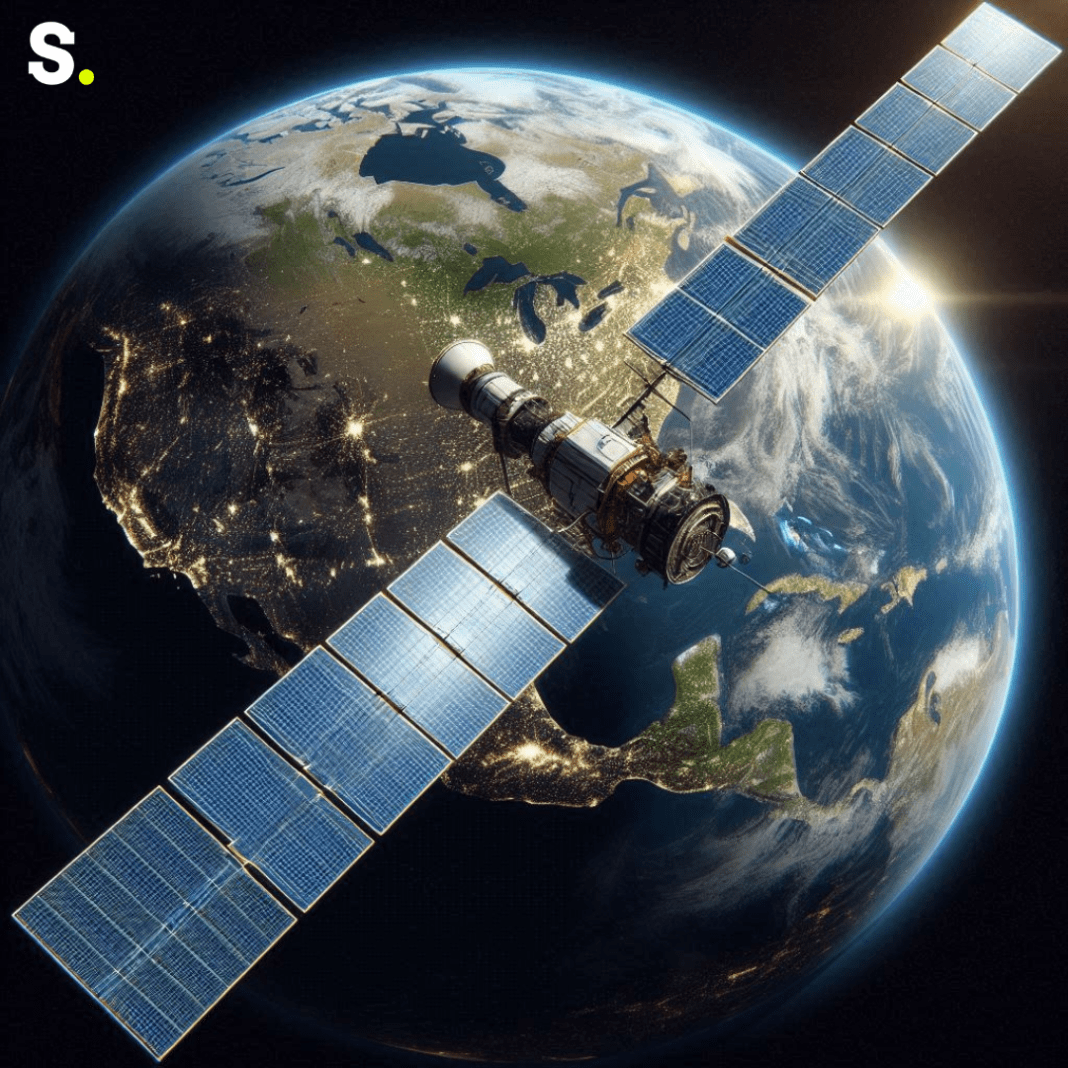Successful Launch of GOES-U Satellite
NASA marked a significant accomplishment on Tuesday night with the launch of the Geostationary Operational Environmental Satellite, or GOES-U. Launch Complex 39A of NASA’s Kennedy Space Center in Florida saw the satellite lifted off at 5:26 p.m. EDT. This event marked the final phase of a mission to enhance weather monitoring capabilities for the National Oceanic and Atmospheric Administration (NOAA). The launch vehicle was a SpaceX Falcon Heavy rocket, which is renowned for its reliability and power.
The successful deployment of GOES-U is a significant achievement for both NASA and NOAA. At 10:18 p.m., mission managers verified that the satellite had successfully deployed its solar arrays and was currently running on its own energy. This step is crucial for the satellite’s operation as it ensures that GOES-U can begin its primary mission of providing continuous weather and environmental data.
GOES-U’s Advanced Capabilities
The GOES-U satellite is a crucial component of the GOES-R series, a collection of cutting-edge weather satellites intended to improve our comprehension of atmospheric and space weather phenomena. This satellite is expected to provide continuous, real-time coverage of weather patterns across a vast area of the Western Hemisphere. Its capabilities go beyond those of its predecessors with the addition of new technology, particularly a sophisticated space weather instrument called the Compact Coronagraph-1.
The Compact Coronagraph-1 is a cutting-edge tool that blocks out the Sun’s intense light to allow scientists to observe the solar atmosphere, which is typically much fainter. This device will be useful in researching the outer layers of the Sun and comprehending how it affects space weather. Space weather can have significant effects on satellite electronics, GPS systems, and radio communications, making this new instrument a valuable addition to the GOES fleet.
Beyond its role in space weather monitoring, GOES-U will also provide critical data on terrestrial weather conditions. It will help track severe storms, detect wildfires, and monitor other environmental hazards. By offering high-resolution images and real-time data, GOES-U will enhance weather forecasting and disaster preparedness efforts, providing valuable information for both scientists and the public.
Impact and Operations of GOES-U
After reaching its ultimate orbit, which is roughly 22,200 miles above Earth, GOES-U will change its name to GOES-19. This transition marks the beginning of its operational phase, where it will take over the role of monitoring weather across a broad area. The satellite will be positioned in geostationary orbit, meaning it will remain fixed over a specific region of the Earth, allowing for continuous observation of weather patterns in that area.
GOES-19 will focus on providing coverage over North America, including the contiguous United States, Mexico, Central and South America, the Caribbean, and extending to the Atlantic Ocean up to the west coast of Africa. This extensive coverage will ensure that weather patterns are monitored across a significant portion of the Western Hemisphere, contributing to more accurate and timely weather forecasts.
The data collected by GOES-19 will be essential for improving weather prediction and enhancing public safety. Accurate weather data can help communities prepare for and respond to severe weather events, such as hurricanes, storms, and heatwaves. Additionally, the satellite’s ability to detect changes in climate will support ongoing efforts to understand and address environmental challenges.
The successful launch and operation of GOES-U are the result of extensive collaboration among various organizations. The GOES-R series spacecraft and equipment were developed under the direction of NASA’s Goddard Space Flight Center, located in Greenbelt, Maryland. They were responsible for building the magnetometer used in GOES-U and its predecessor, GOES-T. The launch management for this mission was provided by NASA’s Launch Services Program, based at Kennedy Space Center.
Through an integrated operation that runs the satellites, maintains the ground system, and provides data to customers globally, NOAA is in charge of the GOES-R Series Program. The satellites themselves were designed, built, and tested by Lockheed Martin, while L3Harris Technologies provided the main instrument payload, including the Advanced Baseline Imager and the ground system for data reception.
With the addition of GOES-U to the fleet, the capabilities of weather monitoring and space weather prediction have been further enhanced. The new satellite will provide more detailed and accurate data, which will be instrumental in improving weather forecasts and disaster preparedness. This achievement underscores the ongoing commitment of NASA and NOAA to advancing our understanding of the environment and protecting communities through enhanced technology and data.
Weather and space weather monitoring have advanced significantly with the introduction of GOES-U. The satellite’s advanced instruments and extensive coverage will provide valuable data for understanding and responding to weather conditions and environmental changes across the Western Hemisphere.



